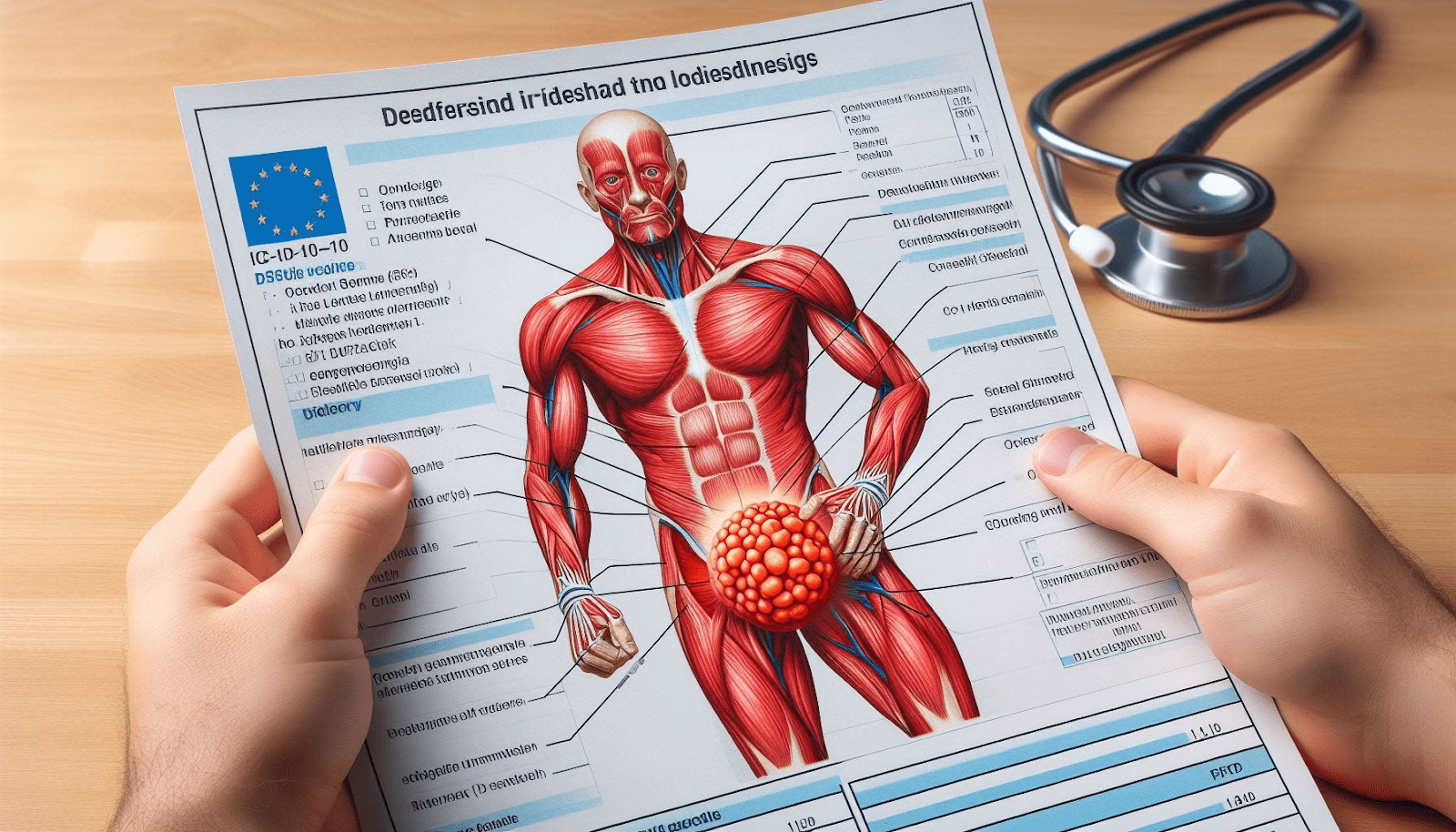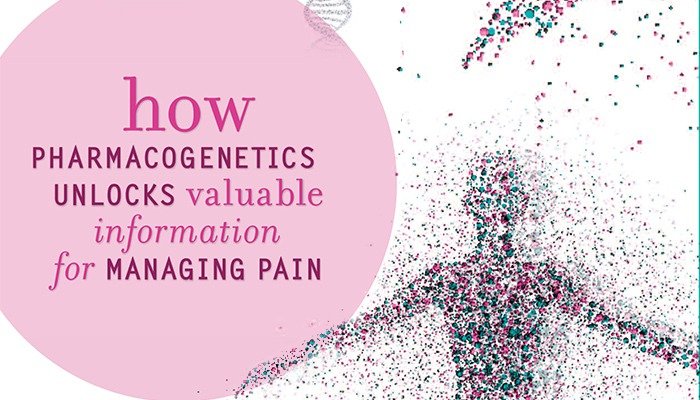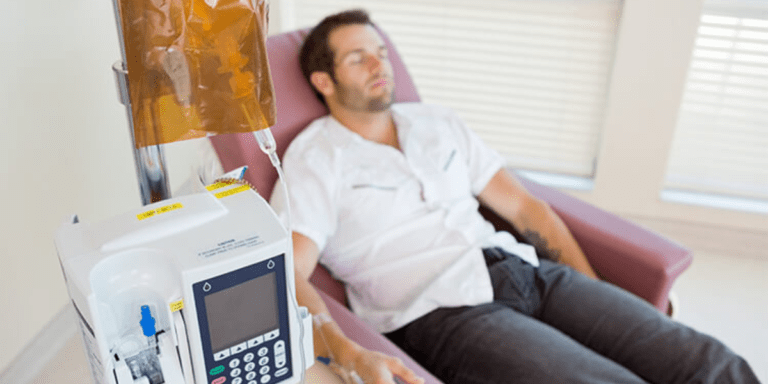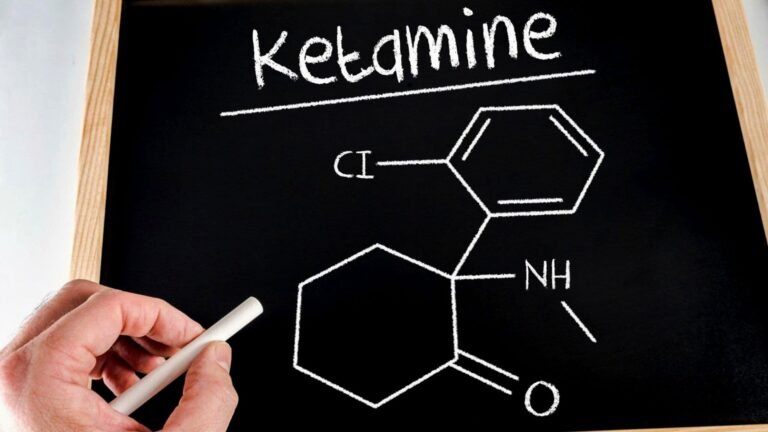ICD-10 Code for Testicular Pain on the Right Side: Understanding the Diagnosis

Testicular pain is a common concern among men of all ages, and it can stem from various underlying causes. When the pain is localized to the right testicle, it is essential to seek medical attention promptly to rule out any serious conditions and receive appropriate treatment. The International Classification of Diseases, Tenth Revision (ICD-10), provides a standardized coding system to classify and document medical diagnoses, including testicular pain on the right side.
The ICD-10 Code for Testicular Pain on the Right Side:
The ICD-10 code for testicular pain on the right side is N44.02. This code falls under the broader category of “Noninflammatory disorders of the testis and epididymis,” which encompasses various conditions affecting the testicles and the epididymis (a tubular structure attached to the testicles).
Breaking Down the ICD-10 Code N44.02:
– N: Diseases of the genitourinary system
– N44: Noninflammatory disorders of the testis and epididymis
– N44.0: Testicular pain
– N44.02: Testicular pain, right side
Understanding the Importance of Accurate Coding:
The ICD-10 coding system is crucial in the medical field for several reasons:
1. Standardization: ICD-10 codes provide a universal language for healthcare professionals to communicate diagnoses and facilitate data collection, research, and statistical analysis.
2. Billing and Reimbursement: Accurate coding is essential for proper billing and reimbursement from insurance companies and healthcare providers.
3. Epidemiological Studies: ICD-10 codes enable researchers and public health organizations to track the prevalence and patterns of diseases, which is vital for developing effective prevention and treatment strategies.
4. Quality Improvement: By analyzing ICD-10 data, healthcare facilities can identify areas for improvement in patient care and resource allocation.
Potential Causes of Testicular Pain on the Right Side:
Testicular pain on the right side can arise from various underlying conditions, some of which may require prompt medical intervention. Here are some potential causes:
1. Testicular Torsion: This is a medical emergency where the testicle becomes twisted, cutting off its blood supply. It is often accompanied by severe pain, swelling, and nausea.
2. Epididymitis: Inflammation of the epididymis, often caused by bacterial infections, can lead to testicular pain, swelling, and fever.
3. Testicular Trauma: Injuries or blunt force to the testicular area can result in testicular pain and swelling.
4. Varicocele: This condition involves the enlargement of veins within the scrotum, leading to a dull ache or a feeling of heaviness in the affected testicle.
5. Testicular Cancer: While relatively rare, testicular cancer can present with a painless lump or swelling in the testicle, accompanied by discomfort or pain.
6. Hydrocele: A buildup of fluid around the testicle can cause swelling and mild discomfort or pain.
7. Inguinal Hernia: In some cases, a protruding hernia in the groin area can cause testicular pain on the affected side.
Evaluation and Treatment:
If you experience persistent or severe testicular pain on the right side, it is essential to seek medical attention promptly. Your healthcare provider will likely perform a physical examination, order diagnostic tests (such as an ultrasound or CT scan), and review your medical history to determine the underlying cause.
Treatment options may vary depending on the specific condition causing the testicular pain. In some cases, anti-inflammatory medications or antibiotics may be prescribed to alleviate pain and treat underlying infections. In more severe cases, such as testicular torsion or certain types of testicular cancer, surgical intervention may be necessary.
It is crucial to follow your healthcare provider’s instructions and attend follow-up appointments to monitor your condition and ensure proper recovery.
Conclusion:
Testicular pain on the right side is a concerning symptom that requires prompt medical attention. The ICD-10 code N44.02 is used to document and categorize this condition, facilitating accurate communication, billing, and research within the healthcare system. By understanding the potential causes and seeking appropriate medical evaluation, men can receive timely and effective treatment, ensuring their overall health and well-being.
Carol Harper
View All By Carol






